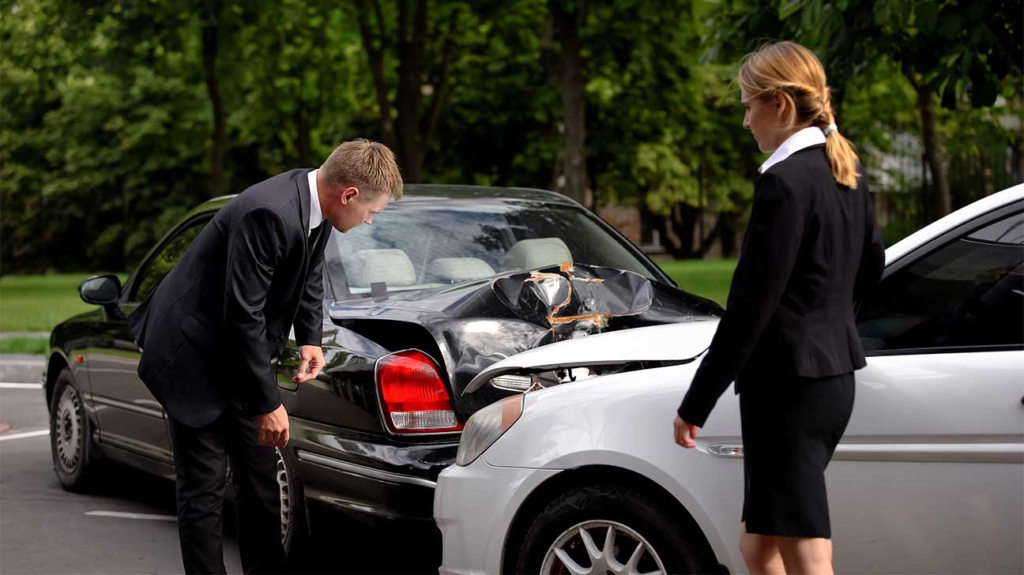Pedestrian accidents can be devastating, often resulting in serious injuries or even fatalities. If you or a loved one has been involved in such an incident, understanding pedestrian accident compensation is crucial to securing the financial support you need for recovery. This guide will walk you through the key aspects of compensation claims, including eligibility, types of damages, and the legal process.When a pedestrian is hit by a vehicle, the consequences can be life-altering. Medical bills, lost wages, and emotional trauma are just a few of the challenges victims face. Fortunately, compensation is often available to help alleviate these burdens. Below, we’ll explore the steps to take after an accident and how to maximize your claim.
- Seek Immediate Medical Attention: Your health is the top priority. Even if injuries seem minor, a medical evaluation is essential for both your well-being and your compensation claim.
- Document the Accident: Gather evidence such as photos, witness statements, and police reports. This documentation will strengthen your case.
- Contact a Personal Injury Lawyer: An experienced attorney can guide you through the legal process and ensure you receive fair compensation.
Compensation in pedestrian accident cases typically covers several types of damages:
- Medical Expenses: This includes hospital bills, surgeries, rehabilitation, and future medical care.
- Lost Wages: If your injuries prevent you from working, you may be compensated for lost income.
- Pain and Suffering: Non-economic damages account for physical and emotional distress caused by the accident.
- Property Damage: If personal belongings were damaged (e.g., a phone or clothing), these costs may be included.
Determining fault is a critical part of pedestrian accident compensation. In many cases, drivers are held liable due to negligence, such as speeding, distracted driving, or failing to yield. However, pedestrians may also share some fault if they were jaywalking or under the influence. Your compensation may be reduced proportionally if you’re found partially at fault.

The legal process for securing compensation can be complex. Here’s a simplified overview:
- File a Claim: Your lawyer will help you submit a claim to the at-fault party’s insurance company.
- Negotiation: Most cases are settled out of court through negotiations with the insurer.
- Litigation: If a fair settlement isn’t reached, your case may go to trial.
Time limits, known as statutes of limitations, apply to pedestrian accident claims. These vary by state but typically range from 1 to 3 years. Missing this deadline could forfeit your right to compensation, so acting quickly is essential.To improve your chances of a successful claim, avoid these common mistakes:
- Delaying Medical Treatment: Insurance companies may argue that your injuries aren’t serious if you didn’t seek immediate care.
- Providing Recorded Statements: Insurers may use your words against you. Consult a lawyer before speaking with them.
- Accepting the First Offer: Initial settlements are often lowball offers. Your attorney can negotiate for a fair amount.
Pedestrian accident compensation is designed to restore your quality of life after a traumatic event. By understanding your rights and working with a skilled lawyer, you can navigate the legal system with confidence. Remember, you don’t have to face this challenge alone—professional help is available to ensure you receive the justice and compensation you deserve.

